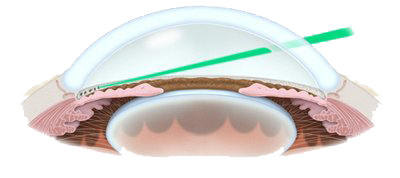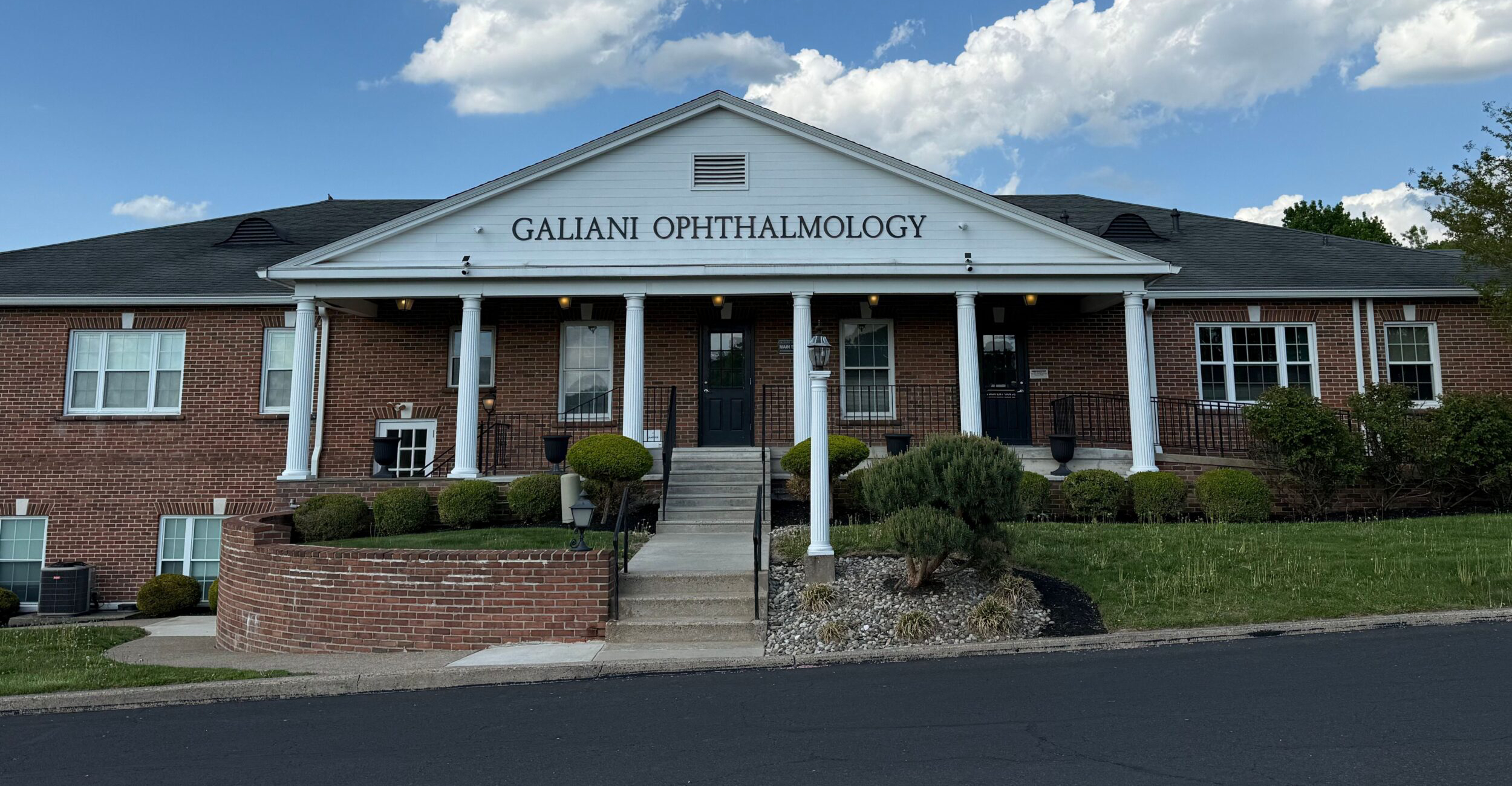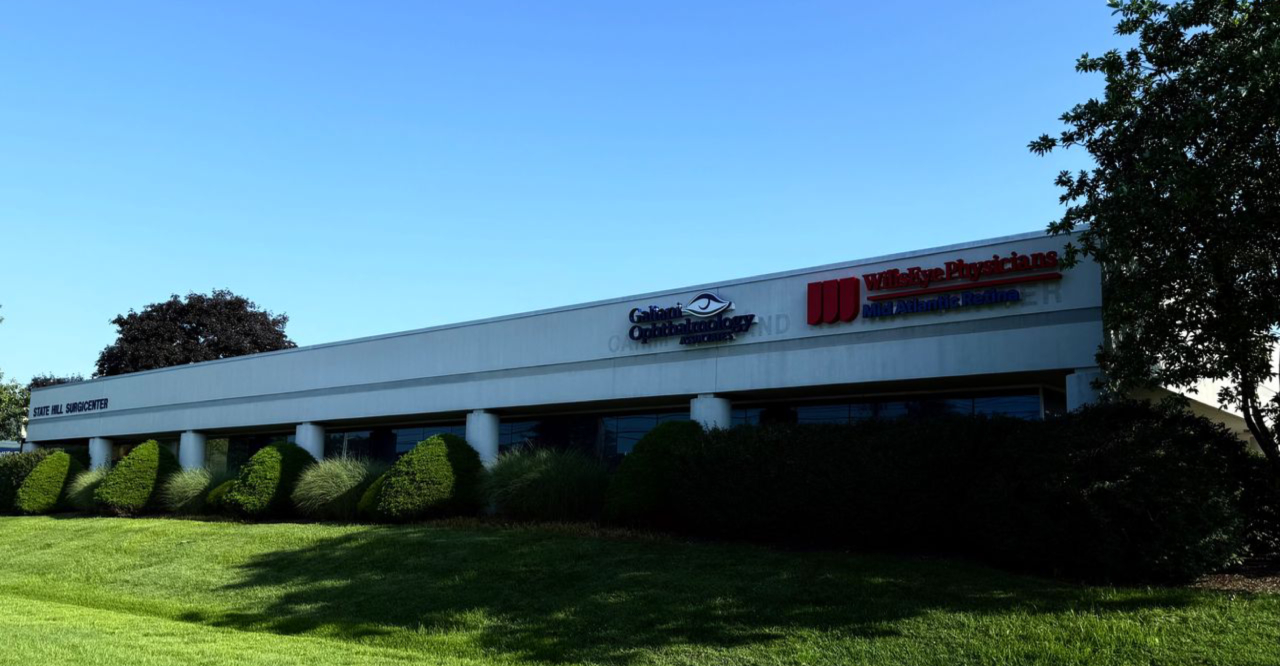Selective Laser Trabeculoplasty (SLT) or “Dropless” Glaucoma Therapy

For patients who would like to avoid starting a new drop or adding more, SLT is an excellent option. The trabecular passages are opened to increase fluid drainage using a gentle, painless laser treatment. SLT is effective in about 75% of patients, and may be repeated, if needed.
How is SLT performed?
SLT is an outpatient procedure and is done in the comfort of our office. The same slit lamp that the doctor uses to examine your eyes contains the SLT laser and is placed in a room just for this purpose. Prior to the procedure, eye drops will be given to prepare the eye for treatment. A treatment lens is placed over the eye to direct the focused laser beam on the trabecular meshwork located within the filtration angle.
What to expect after Selective laser trabeculoplasty (SLT) is performed?
Your eye pressure may drop as quickly as a day or so after having SLT performed, but usually requires more time for maximum effect to develop. During that period the doctor will likely continue treatment with conventional glaucoma medications. The doctor may treat the eye with anti-inflammatory eye drops for several days after the procedure. You will need to return for periodic follow-up visits to monitor IOP regardless of the need for supplemental eye drops.
What are the risks of Selective laser trabeculoplasty (SLT)?
Unlike glaucoma medications, there are no allergic or systemic side effects following SLT. Neither are there any of the serious potential complications associated with filtration surgery. Possible complications of SLT are minimal but may include inflammation, temporary increase in IOP sometimes requiring additional medications, transient blurring of vision, headache, iritis, corneal edema, conjunctival inflammation or eye pain. For more information about SLT and how SLT may benefit you, please ask your treating doctor.
Will I still need to my glaucoma drops after SLT?
The goal of SLT is to reduce or eliminate the need for medications to control the IOP. Because each individual reacts differently to SLT, even if the IOP is lower following SLT, supplementary eye drop treatment may continue to be needed for optimal IOP control.

